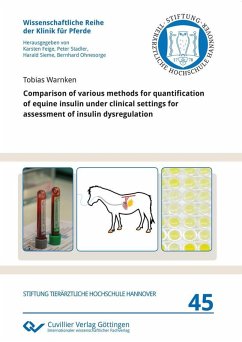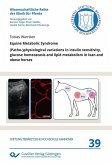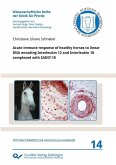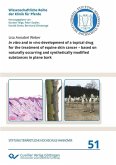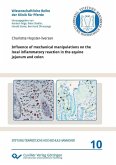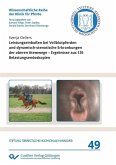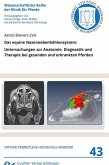The equine metabolic syndrome is a significant problem and health concern in the equine population. Impaired insulin regulation reflected by basal or pathological postprandial hyperinsulinemia and caused by insulin dysregulation (ID) and/or insulin resistance (IR) is the major key finding and clearly linked to the severe and life-threating sequel laminitis. However, besides various diagnostic approaches for assessment of disturbed insulin regulation under basal conditions or under dynamic stimulation, striking differences in performance of immunoassays used for quantification of equine insulin occurred. Therefore, the objective of this research project was firstly to evaluate various methods used for quantification of equine insulin under consideration of clinical demands and conditions and secondly to optimize assessment of equine ID and IR by a combination of appropriate dynamic diagnostic testing and quantification of equine insulin with an reliable and appropriate immunoassay method.
Dieser Download kann aus rechtlichen Gründen nur mit Rechnungsadresse in A, B, BG, CY, CZ, D, DK, EW, E, FIN, F, GR, HR, H, IRL, I, LT, L, LR, M, NL, PL, P, R, S, SLO, SK ausgeliefert werden.

